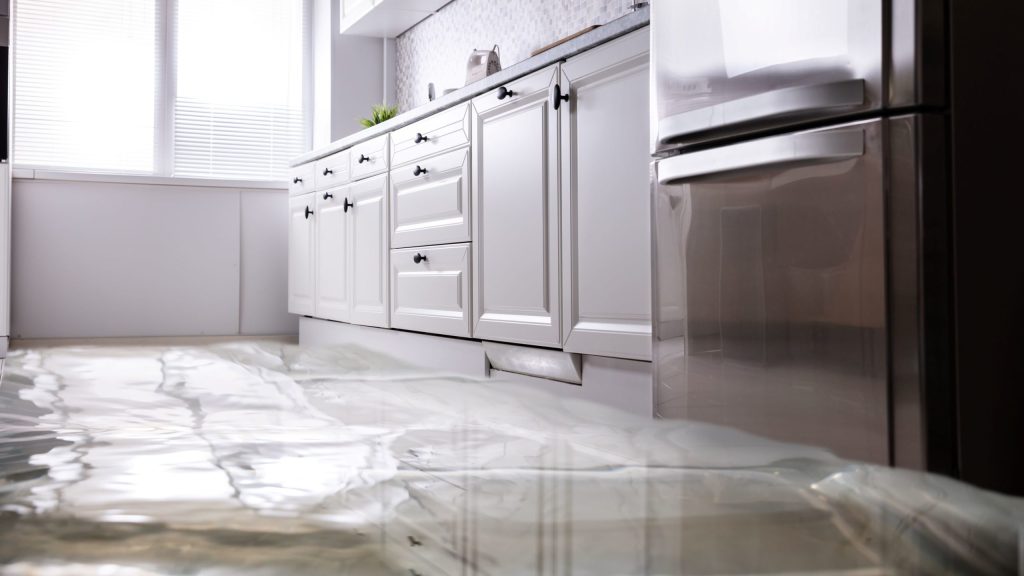Water damage, often underestimated, can have far-reaching consequences beyond what meets the eye.
From structural damage to health risks, it’s essential to understand the hidden dangers associated with water damage.
In this comprehensive guide, we’ll explore the lesser-known risks and what you need to know to protect your property and well-being.
Structural Compromises
Water damage can compromise the structural integrity of your home or building. Even seemingly minor leaks, if left unaddressed, can weaken the foundation and support beams over time.
This can result in costly repairs and, in extreme cases, lead to structural failure. To prevent this, it’s crucial to:
- Regularly inspect your property for signs of water damage, such as peeling paint, warped wood, or sagging ceilings.
- Address leaks promptly and ensure proper drainage around your home.
- Consider professional evaluations to assess any hidden structural damage.
Mold and Mildew Growth
One of the most insidious consequences of water damages is the growth of mold and mildew. These fungi thrive in damp environments and can spread rapidly if not adequately addressed.
Mold not only damages your property but can also pose serious health risks, especially for individuals with respiratory conditions or allergies. To prevent mold and mildew:
- Ensure proper ventilation in your home to reduce humidity levels.
- Use dehumidifiers to maintain optimal indoor humidity, ideally below 50%.
- Address water damages promptly and thoroughly dry affected areas.
For more information on combating mold growth after water damage, you can refer to resources like water damage in Fairfield.
Electrical Hazards
Water and electricity are a dangerous combination. Water damage can expose electrical wiring and outlets to moisture, increasing the risk of electrical fires and shocks. It’s essential to take the following precautions:
- Turn off the electricity supply to affected areas if safe to do so.
- Avoid contact with water-damaged electrical equipment or appliances.
- Have a professional electrician inspect and repair any water-exposed electrical components.
Health Implications
Water damages can have severe health implications, especially if it goes unnoticed or unaddressed.
Prolonged exposure to mold spores, bacteria, and contaminants in water can lead to various health issues, including respiratory problems, allergies, and infections. To safeguard your health:
- Use protective gear like masks and gloves when dealing with water-damaged areas.
- Seek medical attention if you experience any symptoms related to mold exposure, such as coughing or skin irritation.
- Ensure thorough cleaning and disinfection of water-damaged spaces.
Financial Costs
The financial toll of water damage can be substantial. Repairing structural damage, replacing belongings, and addressing health issues can strain your finances. To mitigate the financial impact:
- Invest in a comprehensive insurance policy that covers water damage.
- Address water damages promptly to prevent it from escalating into more costly issues.
- Consider preventive measures such as waterproofing your basement or installing a sump pump.
Conclusion
Water damage is not merely an inconvenience; it poses hidden dangers that can impact your property, health, and finances.
Recognizing these risks and taking proactive steps to prevent and address water damage is crucial.
Whether you’re dealing with a minor leak or a significant flood, understanding the potential consequences empowers you to protect your home and well-being effectively.
You may also like
-
Hiring An Architect To Design Your Home
-
Winter is Coming: A Kansas Building Manager’s Guide to Preventing Frozen Pipes with Commercial Plumbing Services in Kansas
-
How to Install an Artificial Hedge Easily
-
Get Exclusive Diwali Offers on Whirlpool Double Door Refrigerators
-
Who is Best Pipe and Joint System Supplier in Malaysia

